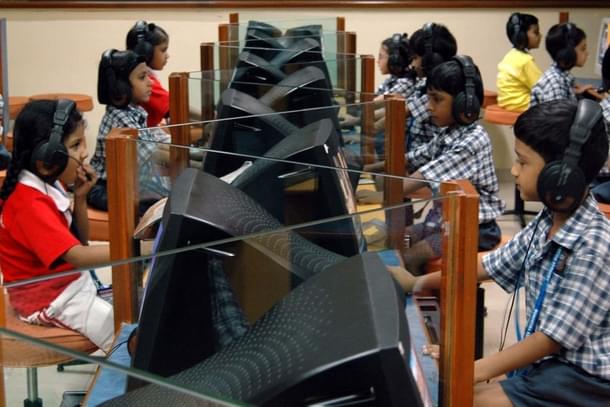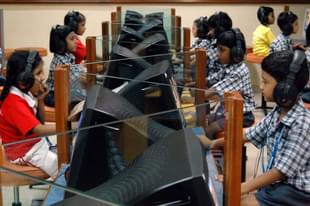Politics
The New Education Policy Must Address Challenges To Improve The Standard Of Primary Education
Yash Mittal
Jun 17, 2019, 04:16 PM | Updated 04:16 PM IST
Save & read from anywhere!
Bookmark stories for easy access on any device or the Swarajya app.


Soon after taking charge of its second term, the National Democratic Alliance (NDA) government has released a draft proposal of its New Education Policy to receive public comments. The time of releasing such a proposal is crucial as it depicts the government’s commitment to improving the education system in the country. In order to improve the standards of primary education, it is important to show consideration for the basic foundations of child development as assessed through pediatric skills.
In India, currently the number of students completing school education till class eight is more than ever but unfortunately, the Annual Status of Education Report 2017 (ASEP) survey suggests that 47 per cent of students of the age group of 14 years can’t speak even a simple sentence of English clearly and 24 per cent of students between the age group of 14-18 years can’t count properly. Hence, primarily it is important to intercept this challenge and draft a policy centred on it.
For decades India’s education policy has been restricted towards getting more people attracted towards education, for instance, the focus has been more on the infrastructure, qualified teachers or the mid-day meals. Assuming that these educational inputs would give better results, our education administrators got so busy with such provisions that they are left with little time to devote to classroom education.
A recent survey among block education officers in Bihar, Himachal Pradesh, and Andhra Pradesh showed that the education administrators only lent 10 per cent time to classroom activities. Hence, the major challenge before the Human Resource Development (HRD) Ministry is to make an educational policy centred on classroom activities.
The good news is that many state governments have started taking multiple measures to improve education administration and make classroom activities enriching and enthralling. It will be a big challenge to continue such efforts; therefore, while improving policies it is also necessary for education administrators to work continuously at the ground level.
First and foremost the government is required to link policy tools to achieve better learning outcomes. In 2017-18 the central government had allocated 76 per cent of the education fund under Sarva Siksha Abhiyan (SSA). Two major activities —learning and innovation — got less than nine per cent of the total budget. Due to financial distress, the major deduction was seen here.
In 2014-15, only 13 per cent of the funds demanded by the states were released for the purpose of learning and innovation. In 2015-16 it increased to 25 per cent but the budget needs to be revamped and reorganized in order to associate more schemes to the learning process. States schemes should be targeted towards learning and budget allocation made by the central government should be free from its interference and be utilized by the states according to their planning.
Secondly, the existing system doesn’t provide sufficient opportunity to the education officer to connect with the realities of classroom activities; therefore, it is necessary to provide them training to understand the logic of changing educational goals and their right to make relevant solutions.
In schools, only inputs are being observed and classrooms are used just to complete the syllabus. To solve this, the Abdul Lateef Poverty Action Lab conducted experiments in government schools whereby they provided alternative teaching methods, which also included training the block- and cluster-level education officers enabling them to support the teachers.
Thirdly, the accountability of the teacher should be ascertained. Economist Lant Pritchett’s argument is that education is a “thick activity” in which teachers should connect with the students according to their needs so that students are able to get answers to the questions they may have. Teachers should do “tailor teaching”, which provides freedom to teach according to the needs of the children.
It is important to note that the performance of the teacher can be monitored when they provide quality education based on enriching information. The debate on the responsibility of the teacher in India is focused on punitive action on one side and a system of encouragement by rewarding them for their better performance on the other side. This can be achieved when the ‘middle layer’ of the system —District, Block, and Cluster officers — associate themselves to academic practices and classroom activities along with the teachers.
The issue of monitoring teacher’s performance is complex. For this, a matrix should be prepared such that it does not affect their teaching but also allows for them to be examined. For this, the central government should start experiments to develop such a matrix, in order to improve the monitoring system and work on ways to change the education administration so that actual learning can happen in schools.
We now have a system that includes demotivated, overpaid and low-quality employees. It may be impossible to change it. However, experiments conducted across the country show that it is possible. But this change will only happen when, from the HRD Minister to the cluster officer and the teacher, everyone is thinks about how to improve education in their schools.





